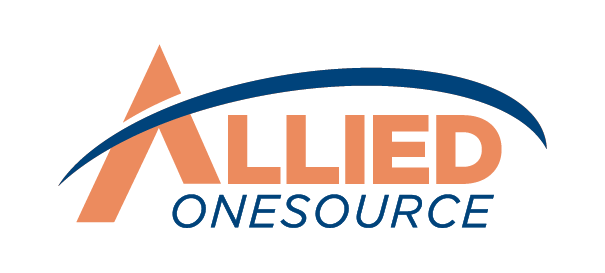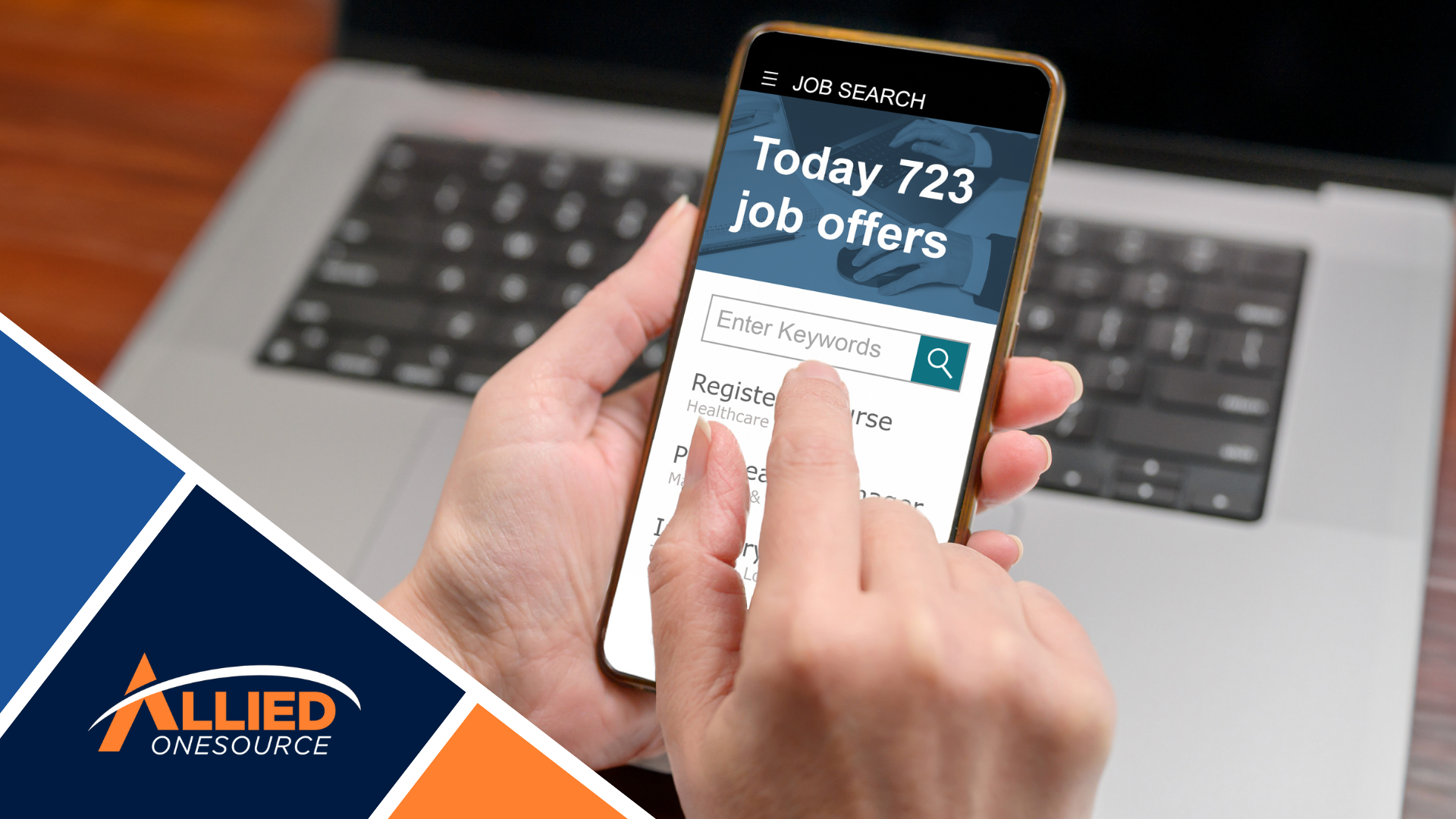Future Forward: How To Keep Up with Workplace Transformations in 2024 Onwards
Stepping into the tech-driven evolution of the workplace, we find ourselves amid a significant shift in how we work. In this shift, new working dynamics are replacing traditional work setups.
What can you do to become future-ready to ensure your company remains modern and successful? The key is to keep up with workplace transformations.
Understanding Evolving Workplace Dynamics
The work landscape is undergoing a profound transformation in the wake of unprecedented technological advancements. Organizations, driven by the imperative to adapt, are redefining traditional workplace dynamics.
One notable shift is the increasing prevalence of hybrid or remote models. Office boundaries have expanded beyond physical confines. This allows professionals from diverse locations to collaborate and contribute. In this dynamic environment, staying connected and informed is crucial for navigating the shifts at work.
In fact, according to 2022 research:
- Only 22 percent of global employees work in the traditional office setup.
- 16 percent of employees enjoy remote work.
- 62 percent of professionals opt for hybrid arrangements.¹
Additionally, employees are even willing to take pay cuts if it means transitioning to flexible hours or workplace settings.
This change shows employee preference for newer workplace dynamics. It's not just about using new tech; it also mirrors how employees now want flexibility and work-life balance.
Key Factors Driving Workplace Transformations
In the era of fast-paced tech innovations, companies are adjusting their strategies. Leaders are beginning to realize that work isn't tied to a physical office anymore. Using digital tools, online collaboration platforms, and flexible work options isn't just a reaction to external pressures; it's a deliberate response to the changing needs of a dynamic workforce.
As we navigate this shift, it's vital to grasp the reasons behind these changes. The factors below capture the essence of workplace transformation across various industries.
1. Technological Advancements
Rapid technological advancements are at the forefront of workplace transformation. It opens doors to new possibilities, processes, and dynamics that revolutionize how tasks are accomplished. It makes things easier and more efficient.
For instance, integrating artificial intelligence in customer service has streamlined interactions, provided quick and personalized responses, enhanced customer satisfaction, and transformed traditional service models.
When you use advanced tools and systems, it enhances efficiency and productivity. This, in turn, results in a more streamlined and effective workflow.
Read More: Leveraging Technology for Effective Staffing - Tools and Platforms for Success
2. Remote and Hybrid Work Trends
The biggest factor driving the shift in workplace dynamics is the availability of other working setups that fit better with professionals' preferences. Hybrid and remote trends are catching on because work is changing, and what employees want is changing, too.
Thanks to better technology, these work trends allow employees to do their jobs effectively from different locations. Just by using the internet and a laptop, their job can be done anywhere, even if they're in a different country. This breaks away from the usual office-centric way of working.
3. Changes in Employee Priorities
This key factor drives workplace transformations as it redefines the essence of the employer-employee relationship. Modern employees seek a complete work experience beyond traditional considerations like salary. They are also recognizing that their job is not their entire identity.
Case in point; a 2022 research by the American Psychological Association reveals that professionals look for holistic support from their employers. Around 41 percent look for flexible work hours, 33 percent seek the ability to work remotely, and 31 percent ask for four-day work weeks.²
These numbers prove that employee expectations and priorities of evolved significantly. Moreover, they align with the dynamic transformation happening within the working world in how people perceive and prioritize work in their lives.
Steps to Keep Up with Workplace Transformations
As you navigate and adapt to the dynamic workplace transformations for the future, it's important to learn how exactly to keep up with all the changes.
The following are strategic steps you can take to ready your company for the future of work.
Embrace Remote and Hybrid Work Models
Embracing remote and hybrid work models is pivotal for preparing your company for the future of work. This step acknowledges the changing dynamics of work, the value of flexibility, and the rise of the digital workplace.
By allowing your team to work from various locations, you ensure business continuity during unforeseen disruptions and open the door to a broader talent pool.
The option to work remotely offers the flexibility that many employees seek. This leads to enhanced job satisfaction and attracts skilled professionals worldwide. Meanwhile, the hybrid model strikes a balance, giving your team the freedom to work remotely while preserving essential in-person collaboration when needed.
Consider analyzing your workforce and identifying which model suits them the best. You can also provide options if they follow the working rules, goals, and regulations you've set. If you can adapt to these new work models, you can showcase your company's forward-thinking approach. You can align your organization with your workforce's evolving expectations.
Lean into Digital Transformations
Since many changes are only possible due to tech innovations, you need to consider digital transformations as more than just trends. Lean into the shifts and understand their role in making your company competitive.
Invest in cutting-edge technologies like advanced communication tools and automation to enhance efficiency within your workforce. You can also foster innovation by providing your professionals with training and seminars for upskilling.
A digitally transformed environment can streamline processes, accelerate decision-making, and ensure your organization remains agile in the fast-paced business landscape. Embracing these changes ensures your organization isn't left behind or obsolete. It helps you effortlessly keep up with the changing demands of the business landscape.
Your commitment to digital advancements can position your company as a leader in embracing the future of work.
Adapt Agile Leadership and Management
Agile leadership is a mindset and approach that emphasizes adaptability, quick decision-making, and open communication. It originated in the software development realm but has transcended its origins to become a cornerstone of effective leadership in various industries.
Meanwhile, agile management extends these principles into broader organizational practices. It helps leaders foster a culture of continuous improvement and collaboration. To steer your company through the changes happening, it's necessary to adopt agile leadership and management.
Agile principles would enable your organizations to make informed decisions promptly and adapt to changing conditions. Become more innovative, collaborative, and responsive by implementing agile strategies.
Read More: Improving Innovation in the Workplace
Focus on Employee Experience and Wellbeing
As a company leader aiming to remain adaptive to workplace transformation, you must consider more than your customer and employee engagement. Consider giving attention to the experience and well-being of your people.
Your attention to the holistic health of your workforce should go beyond traditional HR practices. This is a strategic move that directly influences the success of your company.
Read More: 9 Wellness Initiatives for a Vibrant and Energize Workforce
When you prioritize a positive work culture that considers mental health and overall job satisfaction, you attract top talent and keep your workforce motivated and content. This commitment ensures a thriving workplace.
Here are some of the things you can offer to heighten employee experience and well-being:
- Flexible Work Arrangements - Provide options for flexible work schedules to accommodate various lifestyles to allow a healthier balance between professional and personal lives.
- Mental Health Support Initiatives - Implement mental health initiatives, such as counseling services, workshops, or access to mental health resources, to foster a supportive and understanding workplace.
- Physical Wellness Programs - Introduce wellness programs that include fitness classes, health assessments, or initiatives promoting physical health. This would encourage your employees to prioritize their well-being above all else.
- Professional Development Opportunities - Offer avenues for continuous learning and career growth. This could include training sessions, workshops, or other opportunities for skill development.
- Recognition and Rewards Program - Establish programs to recognize and reward outstanding performance. Foster a positive work environment and acknowledge your team members’ efforts systematically.
Foster an Environment of Continuous Development
Connected to other steps, such as adapting agile leadership and prioritizing employee experience, this endeavor is a strategic imperative for cultivating a future-ready workforce.
Continuous development involves creating a culture that values ongoing learning, upskilling, and professional growth. As you encourage your employees to embrace learning as a lifelong journey, you foster a dynamic workplace that adapts swiftly to emerging trends.
Provide opportunities for training sessions, workshops, and access to educational resources, enabling your team to acquire new skills and stay abreast of industry innovations.
Emphasizing continuous development also represents your commitment to your team's career growth and success. Investing in your employees' development empowers them to contribute meaningfully to the company's goals while ensuring that your organization remains agile and competitive in the face of change.
MAINTAIN YOUR COMPETITIVE EDGE WITH ALLIED ONESOURCE
The market is filled with companies like yours eager to be future-ready. If you want to gain leverage against your competitors, you need a partner to help you transition from traditional to more modern processes. Allied OneSource has been nurturing a network of skilled professionals since 1898.
Our goal is to connect employers to outstanding people, and we can help you make your organization succeed. Reach out to us today to begin a conversation!
References
1 Owl Labs. "The State of Remote Work." Owl Labs, 2022, owllabs.com/state-of-remote-work/2022.
2 "Workers Appreciate and Seek Mental Health Support in the Workplace." American Psychological Association, 2022, www.apa.org/pubs/reports/work-well-being/2022-mental-health-support.










